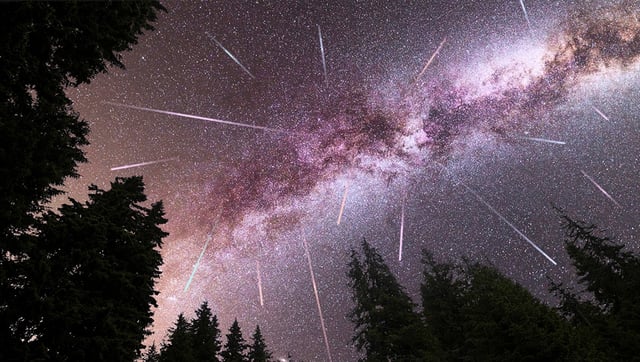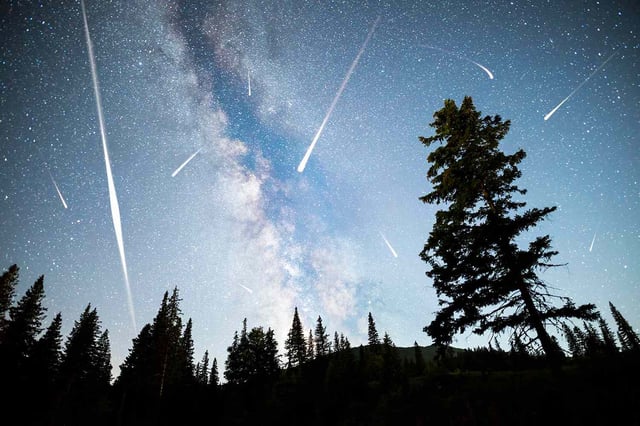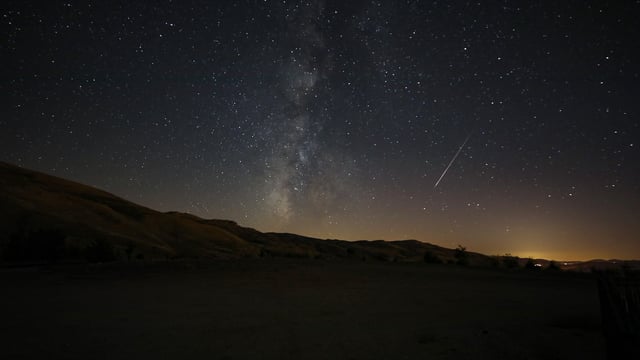Overview
- The Perseid meteor shower will run from July 17 to August 23 with a peak forecast on the nights of August 12–13.
- It occurs as Earth crosses debris trails left by Comet 109P/Swift-Tuttle, which has a 133-year orbit and a 26-km nucleus.
- Observers under dark skies can expect 50–100 meteors per hour during peak activity, featuring swift, colorful streaks.
- Frequent fireballs that exceed magnitude −3 arise from larger cometary particles, creating longer, brighter explosions.
- Optimal viewing is achieved in the Northern Hemisphere’s pre-dawn hours by facing the radiant in the constellation Perseus.


